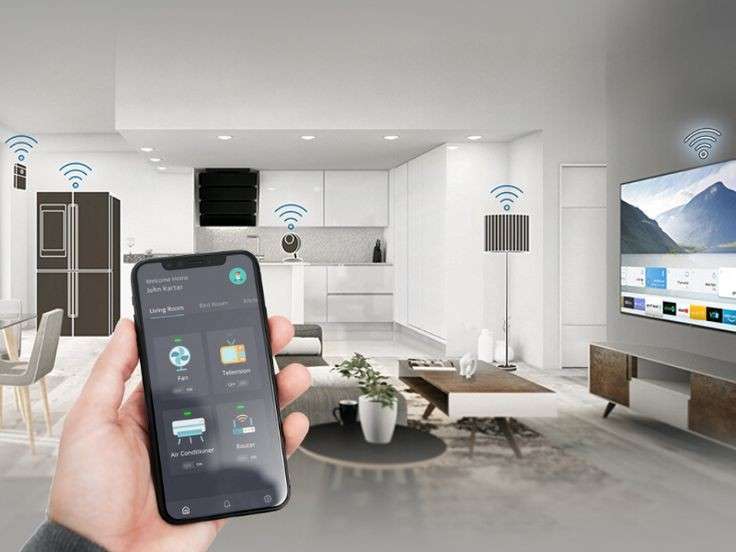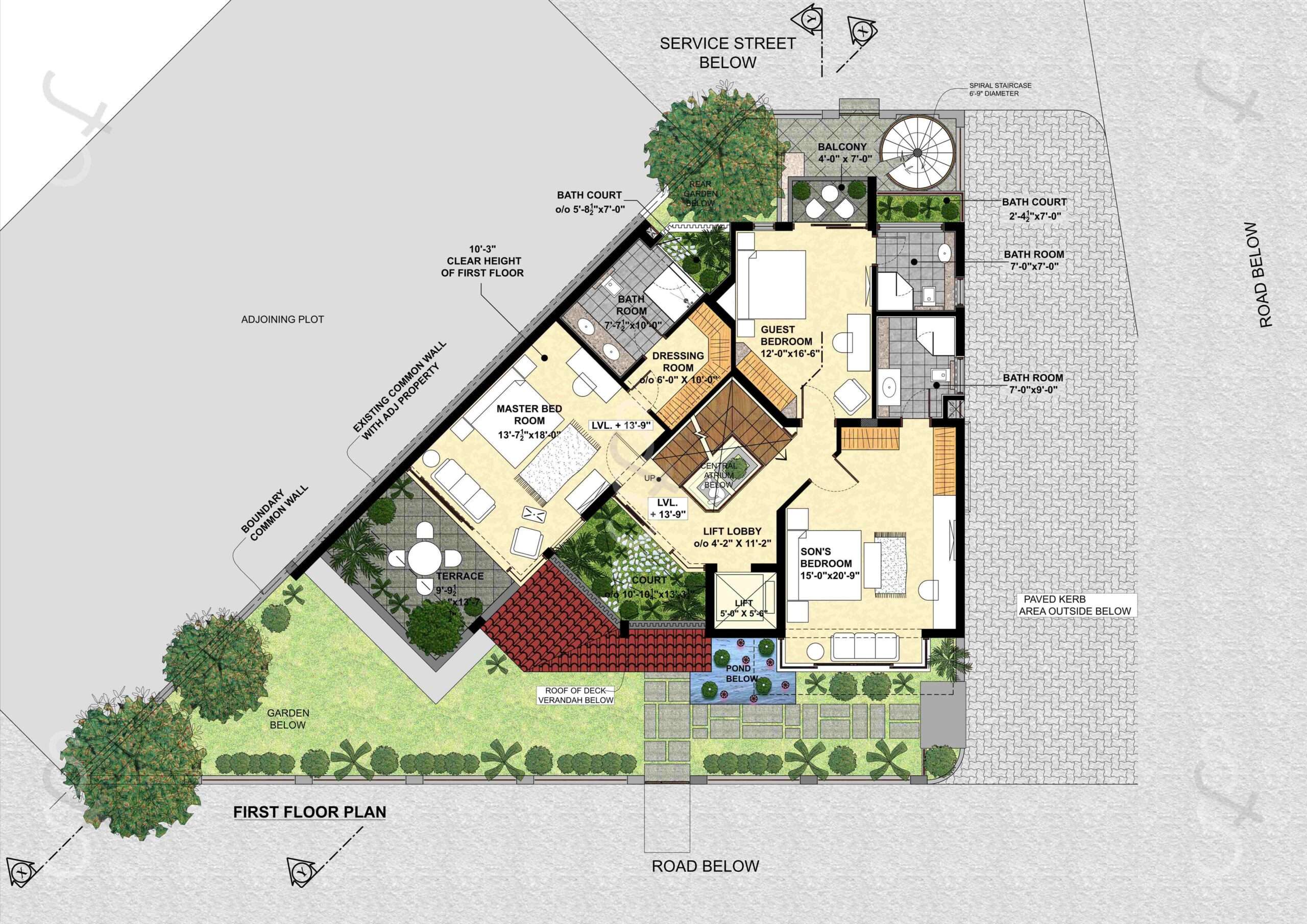Smart home technology is no longer just a futuristic dream—it’s a practical reality that can significantly enhance your daily life. From voice-activated assistants to automated lighting and security systems, smart tech makes homes more convenient, energy-efficient, and secure. However, as homeowners embrace these innovations, many make avoidable mistakes that can affect the performance, functionality, and longevity of their smart systems.

If you’re planning to upgrade your home with smart tech, here are some common mistakes to watch out for and tips on how to avoid them.
1. Not Considering Compatibility Between Devices
One of the most frequent mistakes homeowners make when adding smart tech is failing to ensure that all their devices are compatible. Many smart home products are designed to work with specific ecosystems, such as Amazon Alexa, Google Assistant, or Apple HomeKit. Without considering this upfront, you may end up with devices that don’t communicate properly with each other, causing frustration and limiting their functionality.
How to Avoid This Mistake:
- Research ecosystems: Before purchasing smart devices, check which ecosystems they are compatible with. Most smart tech brands will clearly indicate if their products work with Alexa, Google Home, or other systems.
- Choose a central hub: If you’re adding multiple devices, choose a central platform (like Amazon Echo or Google Nest Hub) that can control and integrate your various devices.
- Check device specifications: Ensure the devices you’re adding will integrate with existing tech and services in your home.
By verifying compatibility, you can create a seamless smart home experience.
2. Underestimating the Importance of Wi-Fi
Smart home devices rely on a stable and fast internet connection to function correctly. Many homeowners underestimate the importance of Wi-Fi strength in their home when installing multiple smart devices. If your internet connection is slow or weak in certain areas of the house, your devices may not work as intended, resulting in delayed responses or malfunctioning tech.
How to Avoid This Mistake:
- Assess your Wi-Fi coverage: Make sure your home has strong Wi-Fi coverage in all areas where you plan to place smart devices. You might need to invest in a mesh Wi-Fi system or Wi-Fi extenders to ensure a strong signal throughout your home.
- Upgrade your router: If your router is old or outdated, it might struggle to support multiple smart devices at once. Upgrading to a newer, more powerful router can improve the overall performance of your smart home system.
- Test devices in advance: Before fully setting up your devices, test their connectivity in various parts of your home to ensure they’re functioning as expected.
Strong, reliable Wi-Fi is the backbone of a successful smart home setup, so make sure your connection is up to the task.
3. Overloading Your Smart System
As smart home technology advances, it’s easy to get carried away and buy a range of devices—smart lights, thermostats, security cameras, speakers, and more. However, overloading your home with too many devices can lead to system confusion, poor performance, and even security vulnerabilities.
How to Avoid This Mistake:
- Start small: Begin with one or two smart devices that will bring the most value to your lifestyle. For instance, start with a smart thermostat or a security camera before expanding your system.
- Evaluate your needs: Focus on smart devices that will genuinely improve your quality of life. Don’t invest in tech just because it’s trendy or available.
- Ensure scalability: As you add more devices, make sure your smart home platform can handle the increased load. Some platforms work better with a larger number of devices, while others might start to slow down or lose synchronization.
By adding devices gradually and thoughtfully, you can avoid overwhelming your system and ensure it runs smoothly.
4. Ignoring Security Risks
Smart tech brings incredible convenience, but it also opens your home up to security risks if not properly managed. Many homeowners fail to secure their smart devices and networks, leaving their homes vulnerable to hacking, data breaches, or unauthorized access.
How to Avoid This Mistake:
- Change default passwords: Always change the default username and password for your devices. Many smart devices come with weak default passwords that can be easily guessed by hackers.
- Enable two-factor authentication (2FA): Use 2FA wherever possible to add an extra layer of security to your devices and accounts.
- Update software regularly: Ensure that all your devices have the latest firmware and software updates installed to patch security vulnerabilities.
- Secure your Wi-Fi network: Use a strong password for your Wi-Fi and ensure your router has the latest security protocols enabled (e.g., WPA3 encryption).
Taking these security measures will help protect your devices and personal data from unwanted access.
5. Not Planning for Future Expansion
Smart home systems are constantly evolving, with new devices and features being introduced regularly. Homeowners often make the mistake of setting up their systems without thinking about future upgrades or expansions, which can lead to compatibility issues and unnecessary costs down the line.
How to Avoid This Mistake:
- Plan for scalability: When designing your smart home system, think about how you might want to expand in the future. Choose devices and platforms that allow for easy upgrades and additions without major reconfiguration.
- Leave room for new tech: As your needs and the technology landscape evolve, you’ll want to add new devices. Consider leaving space for expansion by choosing devices that can grow with you.
- Future-proof your investment: Select smart tech that’s known for regular updates and support, ensuring your devices stay relevant for years.
A little foresight will save you time, money, and frustration when you decide to add new devices to your home.




Great insights! For those diving deeper into AI’s impact on industries, the AI Development tools at tyy.AI offer a smart shortcut to finding cutting-edge solutions.